Description
Make a refrigerator that works without electricity!
Introduction
In countries where temperatures frequently rise above 20°C, food does not stay fresh for long. A tomato, for example, is damaged in only 2 days. Also, given the price and energy consumption of a refrigerator, food preservation is a recurring problem in developing countries. Thus, without means of conservation, even if a family affected by poverty produces enough food to feed itself, it has few means to fight hunger.
A food preservation system can greatly improve the daily lives of many families. In particular, it opens up economic opportunities: to preserve food is also to be able to sell it.
Apart from any financial worries, a family can also seek to consume less energy by favouring natural means of refrigeration and thus reduce its environmental impact.
The Zeer Pot - desert fridge - can be a viable solution to the problem. It is a refrigeration device that keeps food cool, without electricity, thanks to the principle of cooling by evaporation.
This inexpensive and easy to manufacture technology can be used to cool substances such as water, food or drugs sensitive to high temperatures. It helps to avoid flies or other insects. Moreover, most foods can be stored in a Zeer Pot for 15 to 20 days longer than left in the open air and vegetables keep their vitamins better. Indeed, under good conditions (explained later in this tutorial), the temperature inside the system can reach 10°C less than the outside temperature.
Matériaux
- 1 clay pot 50 x 46 cm
- 1 terracotta (or clay) pot 30 x 40 cm
- About 45 kg of fine sand
- About 15 litres of drinking water*
- 1 breathable fabric or cover
Adaptability :
The dimensions of the two jars vary according to the quantity of food you wish to be able to preserve. Here we propose to build a Zeer Pot that can contain 12 kg of food. This will require an outer pot 50 cm in diameter and an inner pot 30 cm in diameter. The size can be adapted according to the needs provided that the proportions are respected.
Health precautions :
Attention : *Using contaminated water could contaminate the food deposited in the inner pot. The same will apply if the sand contains harmful elements such as hydrocarbons.
Outils
No tools are needed to make a Zeer Pot
Étape 1 - How it works
The Zeer Pot is: 2 terracotta (or clay) pottery interwoven with a layer of moist sand of about 4 cm between the two. The inner jar contains food to keep cool. The sand allows the refrigeration of the system. The outer pot contains it all.
The water contained in the sand needs energy to be transformed into steam, this is the principle of evaporation. In this case, the heat contained in the internal pot will supply this energy and allow the water to evaporate. This thermal reaction lowers the internal pot temperature and keeps the food cool.
Étape 2 - External pot
In the bottom of the outer pot place a layer of sand thick enough so that the top of the inner pot is at the same height as the top. the top of the outer pot. Then moisten.
Étape 3 - Internal pot
Place the inner pot inside the outer pot.
Attention: the pot must be well stabilized on the first layer of sand and placed in the center of the outer pot.
Étape 6 - Utilisation
• Placer le système dans une zone sèche, à l’abri du soleil et dans un courant d’air.
• Remplir le Zeer Pot avec les aliments.
• Humecter le tissu respirant et le placer à la surface du système en guise de couvercle.
• Ré-humidifier le sable dès qu’il commence à sécher, soit deux fois par jour environ.
Étape 7 - Se servir au mieux du Zeer Pot
Que mettre dans un Zeer Pot ?
• Tous les légumes frais qui sont sucéptibles de pourrir rapidement
• De l’eau, afin qu’elle reste fraiche
• Des médicaments supportant mal la chaleur
Attention : le sable doit rester bien humide et le système doit bénéficier d’un flux d’air continu, qui puisse passer tout autour du pot. Il est vivement conseillé de surélever le pot (sur un trépier par exemple) afin que l’air puisse circuler au mieux.
Attention : Certains légumes dégagent un gaz (l’étylène) en murissant. Cependant d’autres aliments peuvent pourrir au contact de ce gaz. Il est donc conseillé d’éviter le mélange des cucurbitacés avec des pommes, tomates, poivrons... Pour plus de précisions à ce sujet, le document en lien contient un tableau récapitulatif de la conservation d’aliments du quotidien : http://horizonalimentaire.fr/sites/horizonalimentaire.fr/files/fichiers/guide_conservation_fetl_comite_conso_aprifel.pdf
Notes et références
Visionner la vidéo tutorielle ici
Télécharger le tutoriel ici
N'hésitez pas à commenter, partager, et agrémenter le tutoriel d'informations utiles à son amélioration.
L’équipe du Low-Tech Lab vous invite également à consulter sa Biblilowtech.
Yes
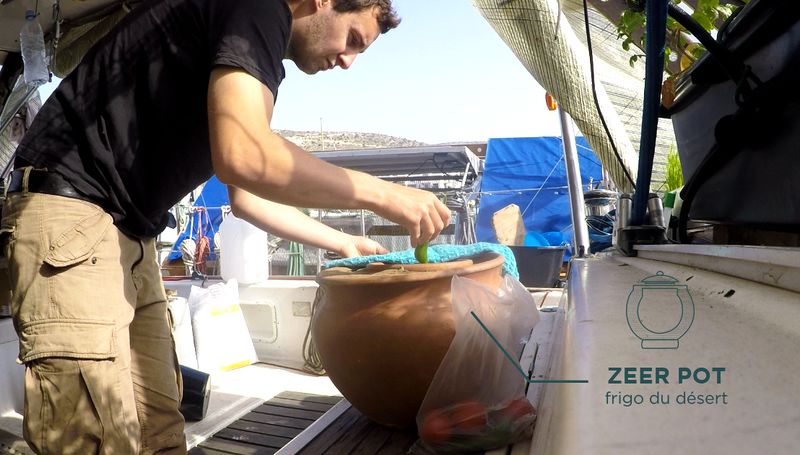
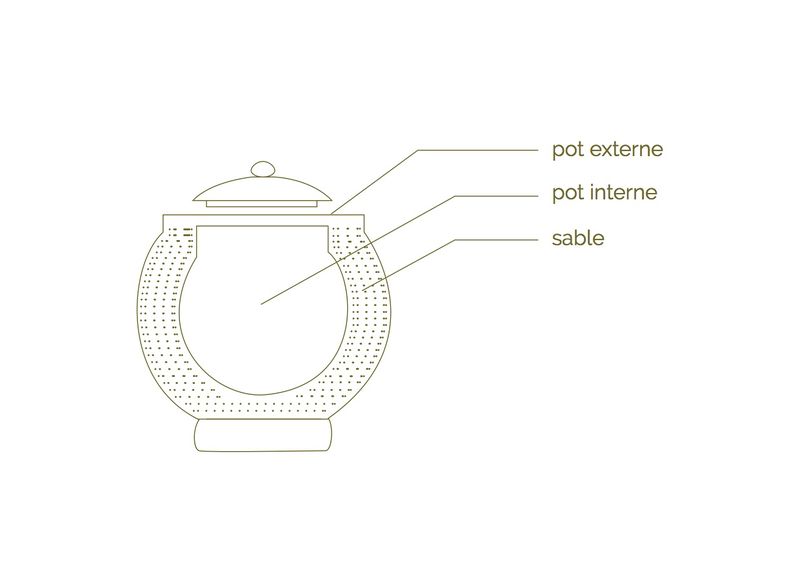
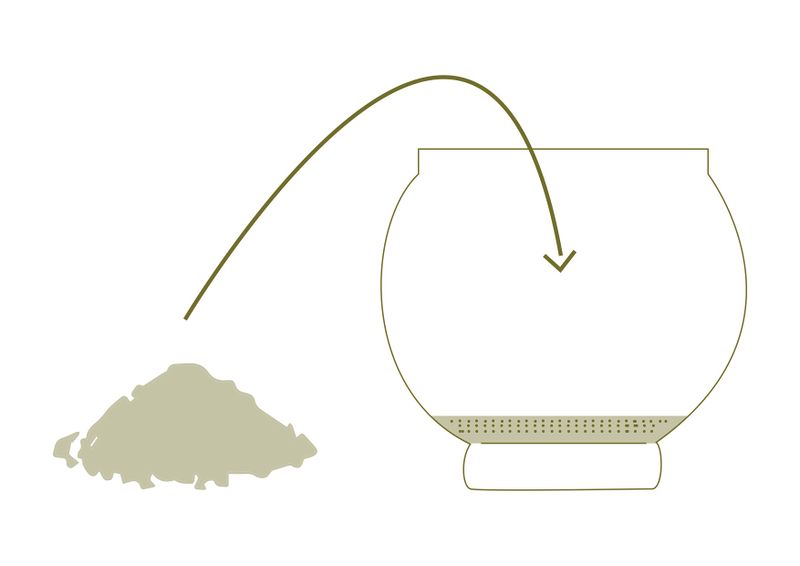
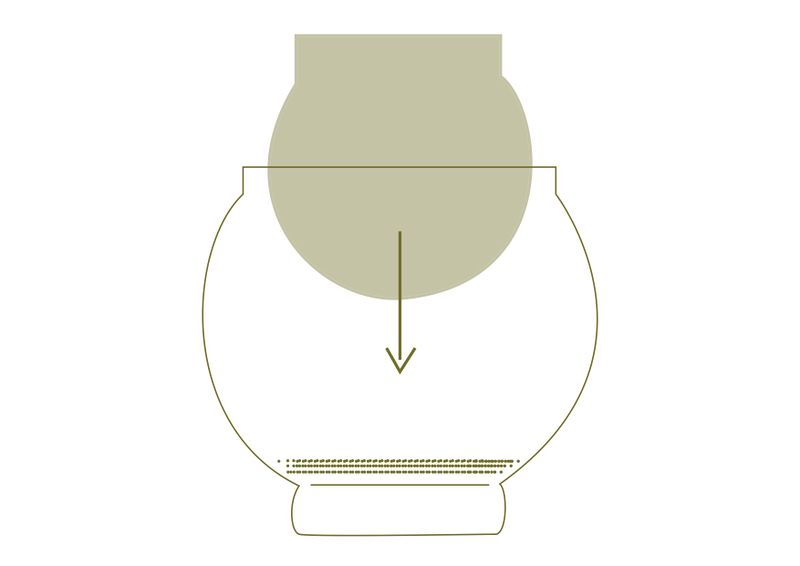
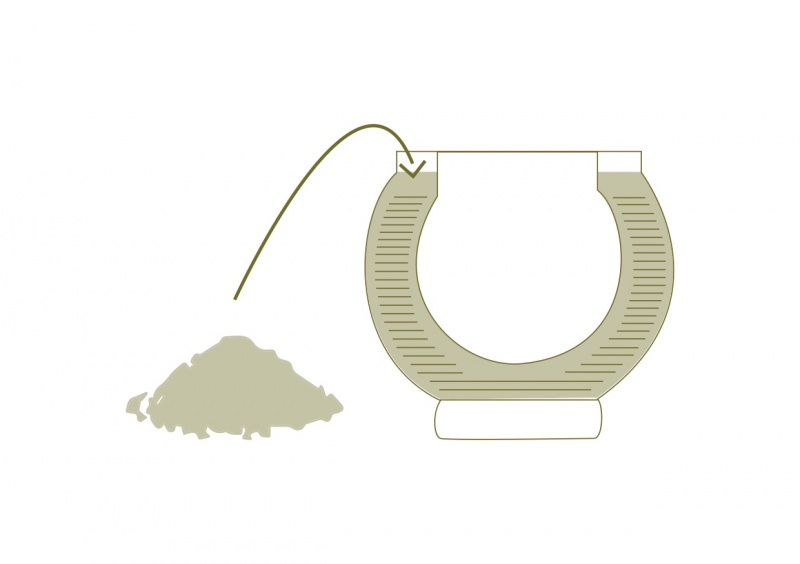
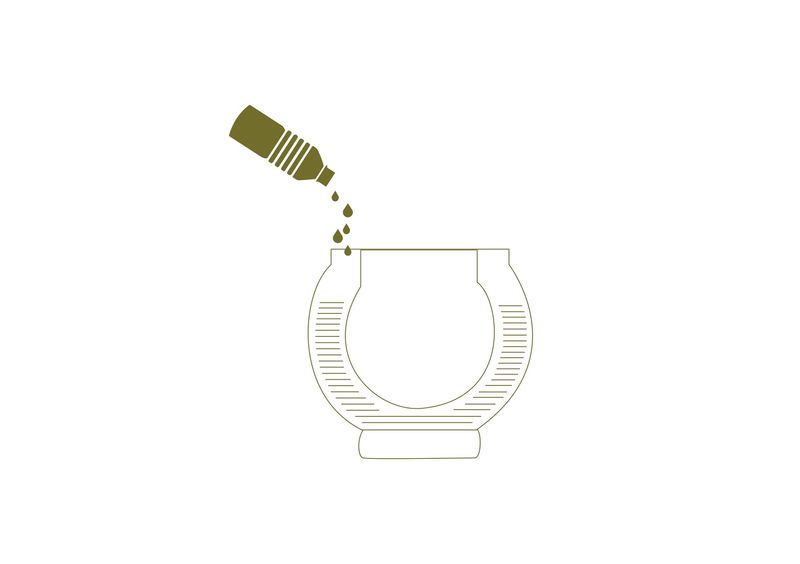
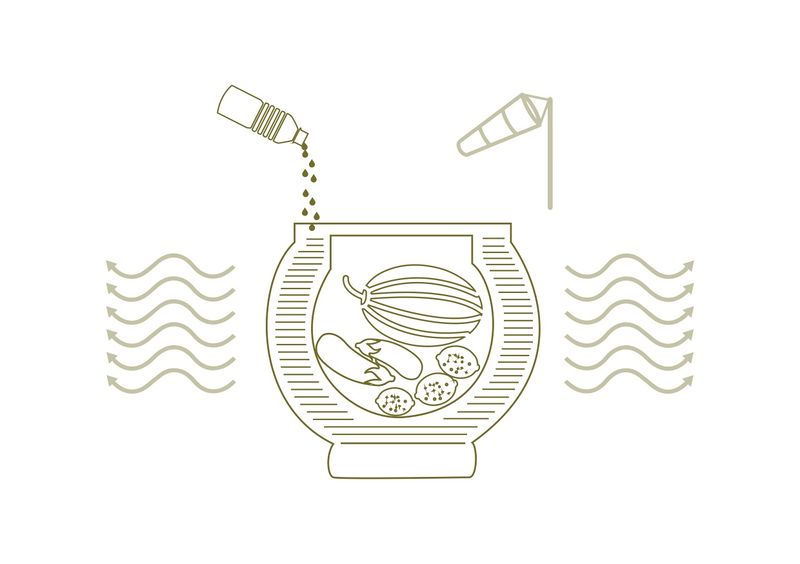

 Français
Français English
English Deutsch
Deutsch Español
Español Italiano
Italiano Português
Português